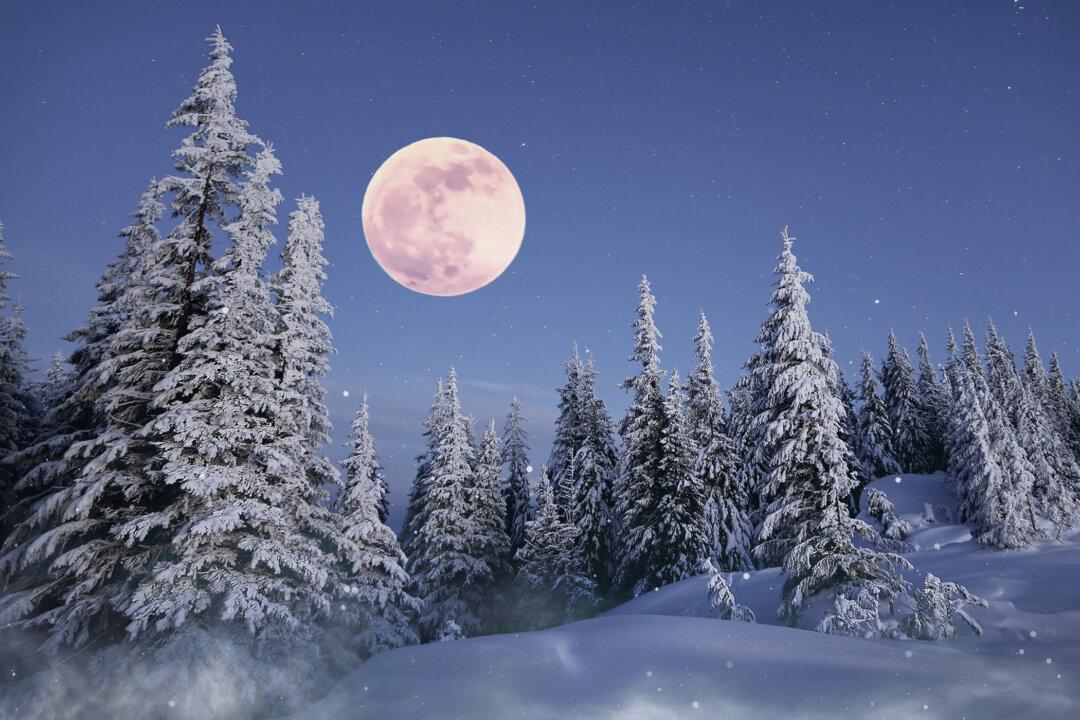If your windowsills or balcony are covered in that white, powdery fluff known as snow as you gaze outside on a winter evening, perhaps, it might be clear how the February full moon got its name.
Various cultures have given rise to a host of different names for this month’s full moon, of course. But the name we probably use most commonly in America is Snow Moon—alluding to the winter weather in February.






